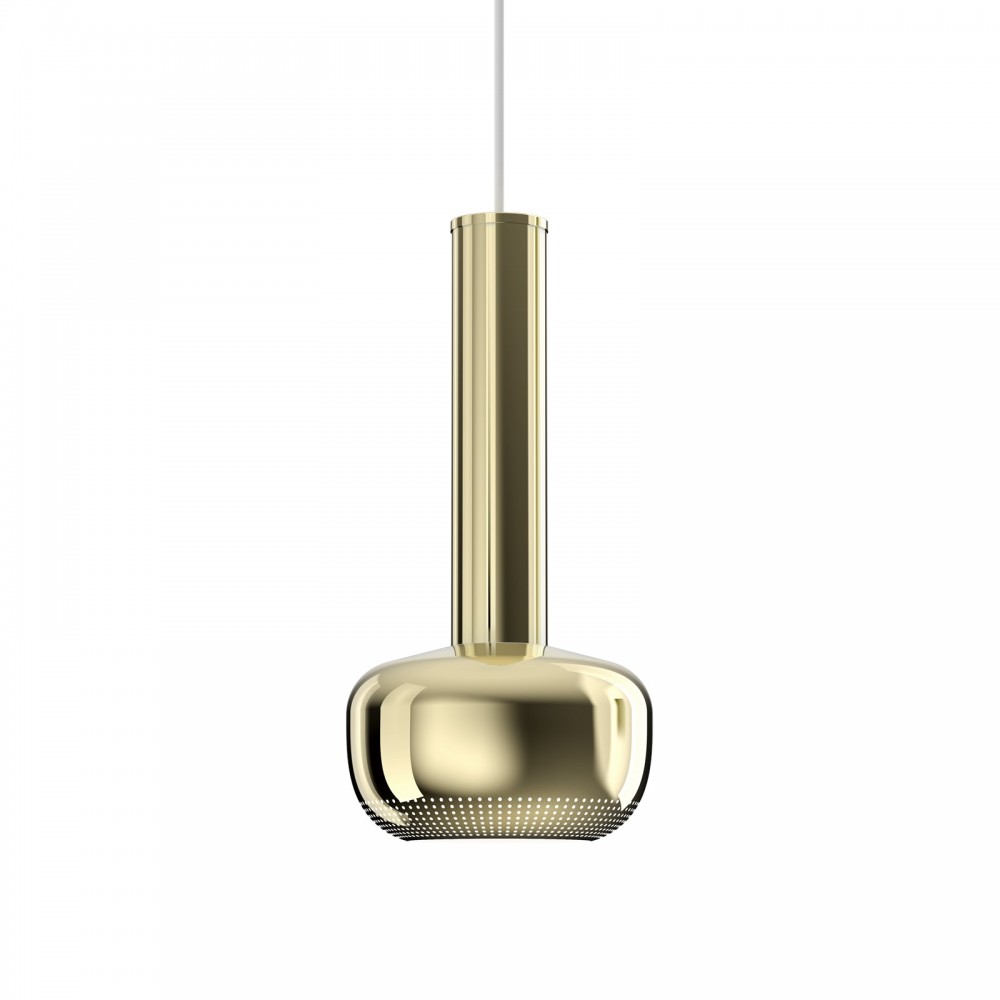Louis Poulsen Vl 56 Suspended lamp 17 cm polished brass
Manufacturer Louis Poulsen - Designer Vilhelm Lauritzen - Type Pendant Lamp - Color Brass - Material Aluminum - Height 112 mm x 251 mm Ø (Diameter): 177 mm - Weight: 1.5 Kg - Light source: 25W - Non-bulb included
![]()
![]()
![]()
![]()
![]()
![]()
![]()
![]()
![]()
![]()
![]()
![]()
![]()
![]()
 Secure and verified payments
Secure and verified payments
Paypal, credit card, bank transfer
 Guaranteed Products
Guaranteed Products
Buy new products, with original packaging and covered by warranty.
 Our experts
Our experts
We offer you maximum availability by phone and by email.
 After-sales assistance
After-sales assistance
We are always at your disposal, even after the purchase.

The well-known functionalist architect Vilhelm Lauritzen designed the VL 56 pendant lamp for Folkets Hus in Vesterbro Copenhagen. Originally designed and built for the Danish Workers' Movement, the building opened in 1956 and is now used as a concert hall, called Vega. The building is a gesamtkunstwerk, meaning Lauritzen designed everything inside the building, from door handles, stairs, sockets, furniture and lamps. The VL 56 pendant lamp is one of the Vilhelm Lauritzen lamps designed for Vega and today hangs in the wood-panelled bar, adjacent to the concert hall. Both variants, chrome and brass, were reintroduced in 2023, with minor changes and improvements.
Lighting system
The pendant lamp emits glare-free direct downward light. The radial hole pattern around the opening creates a more gradual transition between light and dark. The holes create a soft and pleasant light effect both on the screen and on the surrounding surfaces.
Product details
Polished brass in the screen, in the tube and in the lid. The ceiling rose is included along with a 4 meter white fabric cable. Please note that the brass surfaces are untreated. This means that the surface will change over time and develop a patina.
Dimensions and measurements
Dimensions (mm):177 (Width) x 112 (Height ) x 177 (length) Weight: 1.5 kg
Mounting
E27, white fabric cable 2x0.75 mm². Rosette: Yes. Cable length: 4 m.
VILHELM LAURITZEN
Vilhelm Lauritzen (1894-1984) is one of the most significant Danish architects; he was the pioneer of Danish functionalism. Many of its buildings, including the Nørrebro theater, the Daells Varehus department store, the Radiohuset and the first airport built in Kastrup, represented the concentrated essence of contemporary life.























